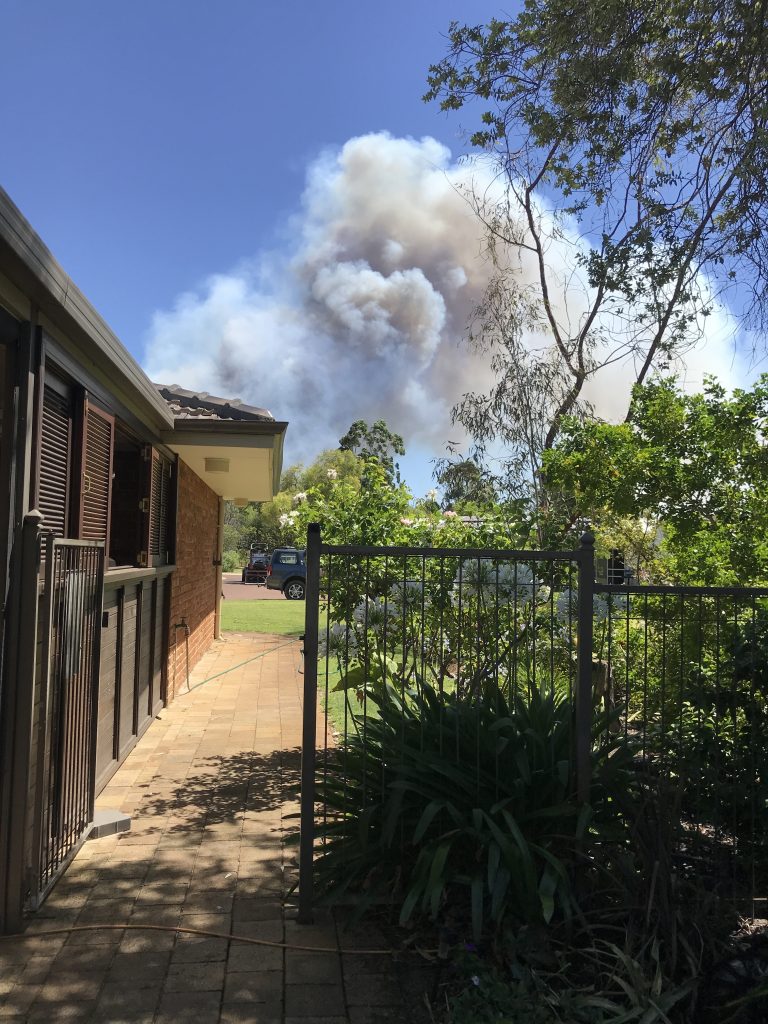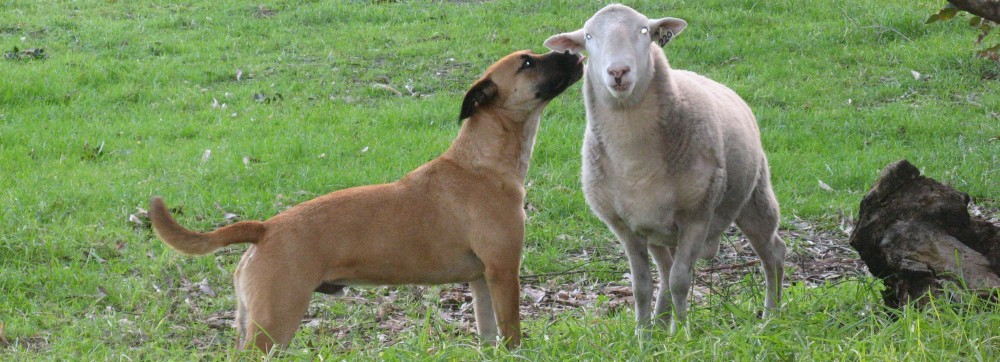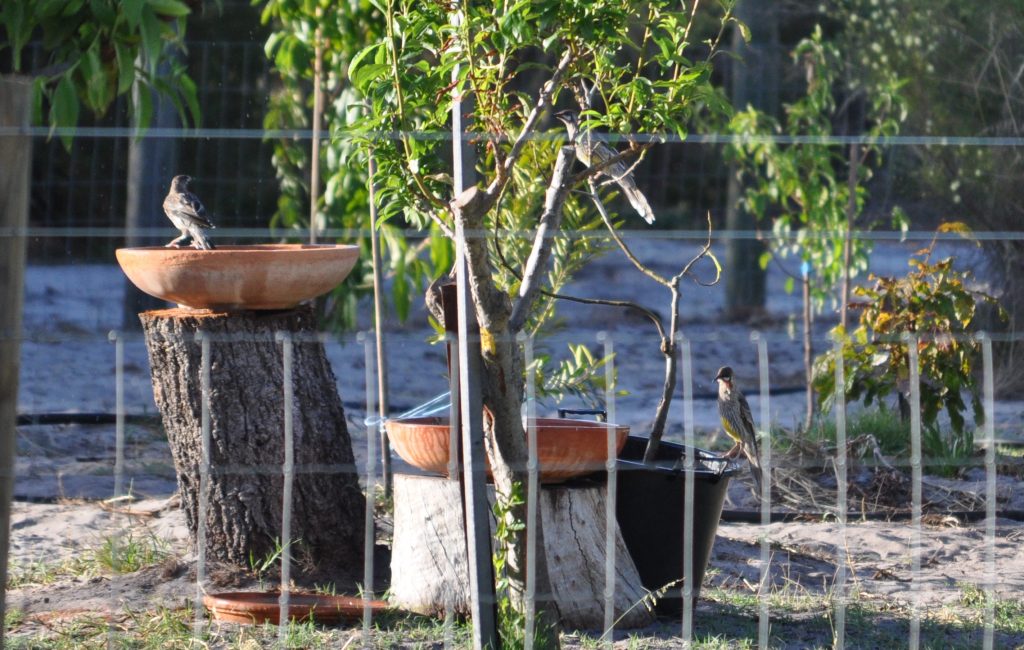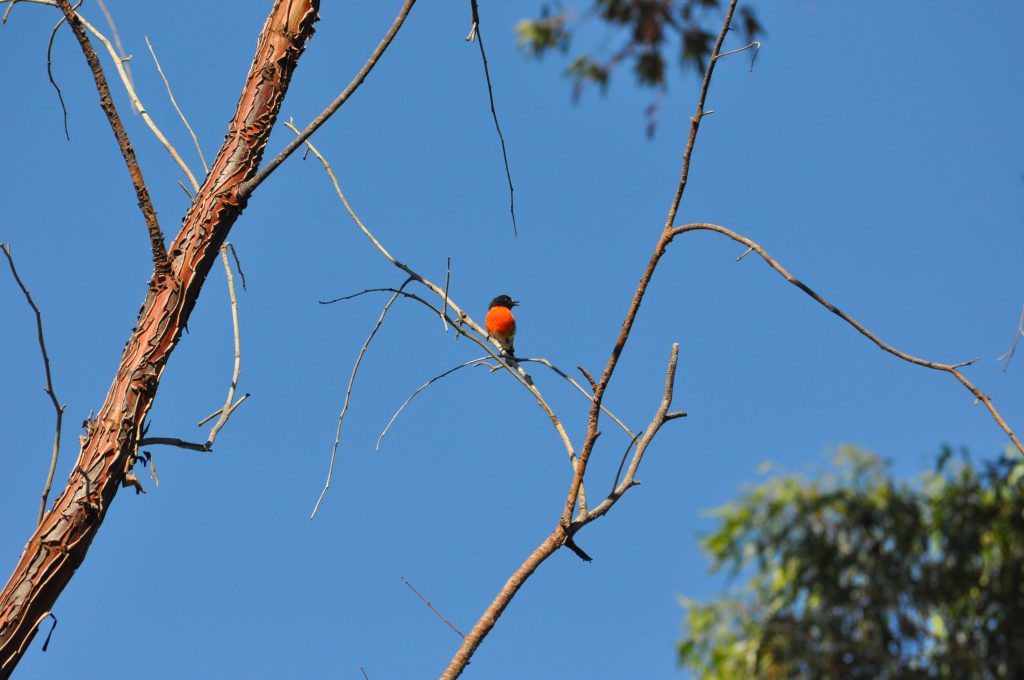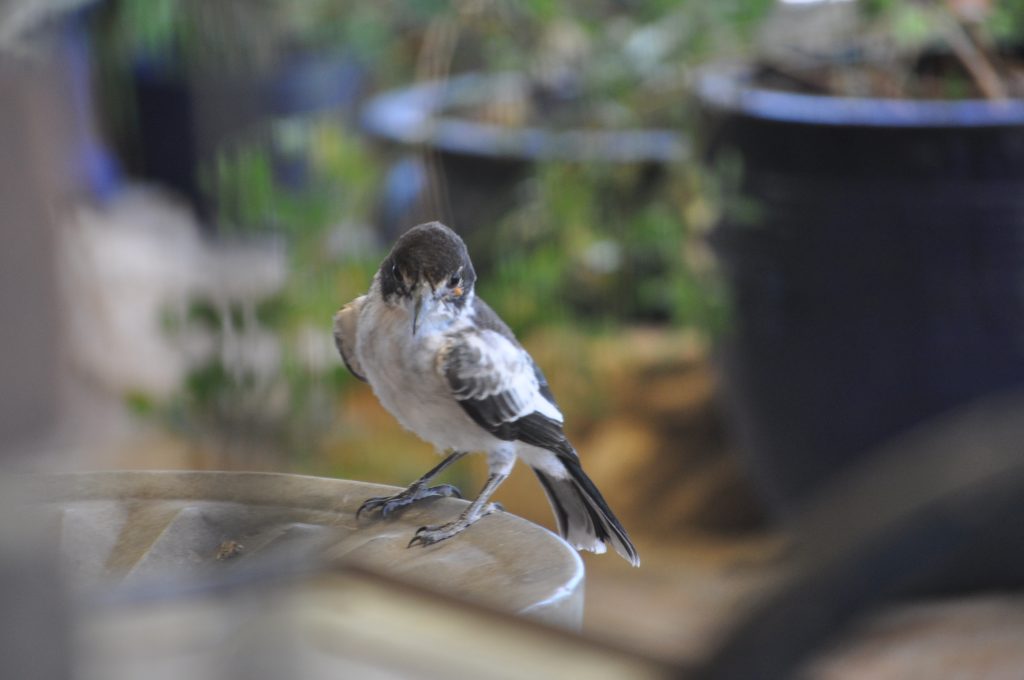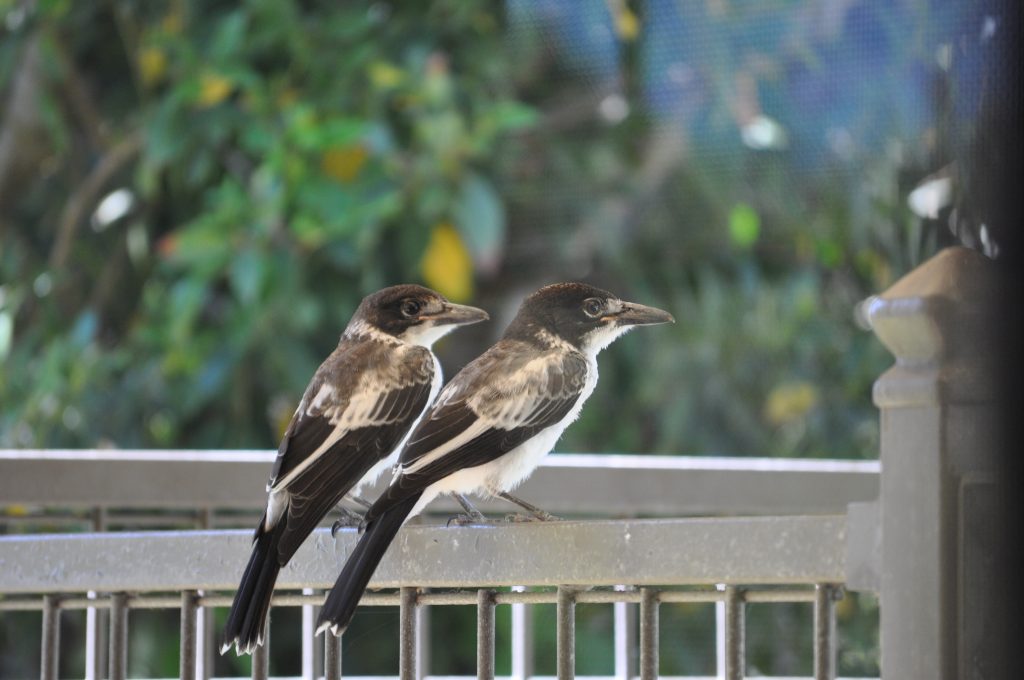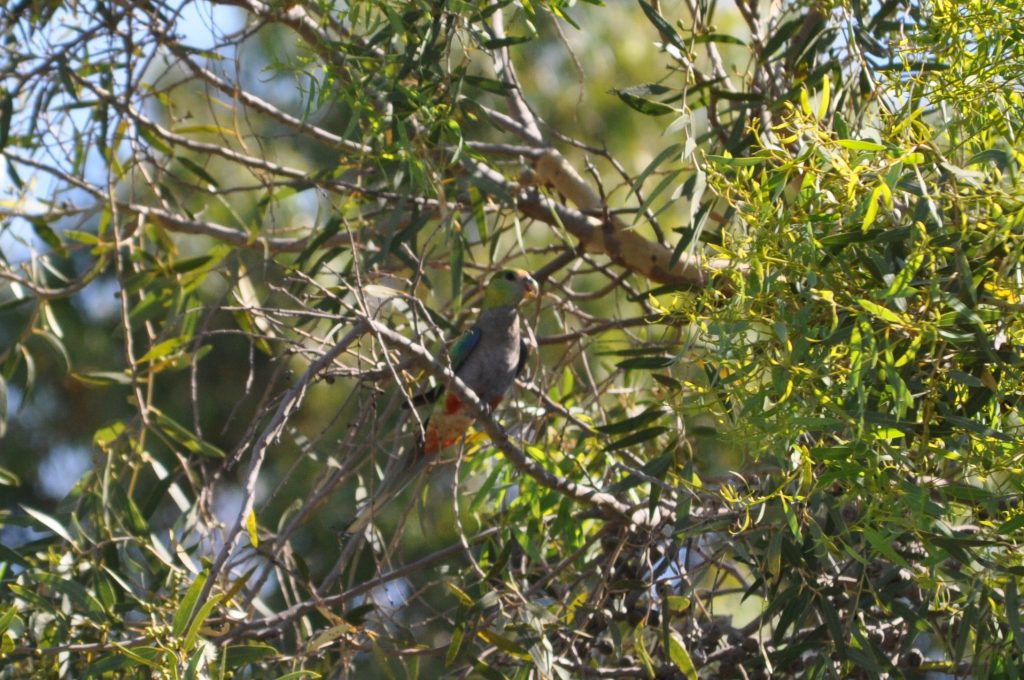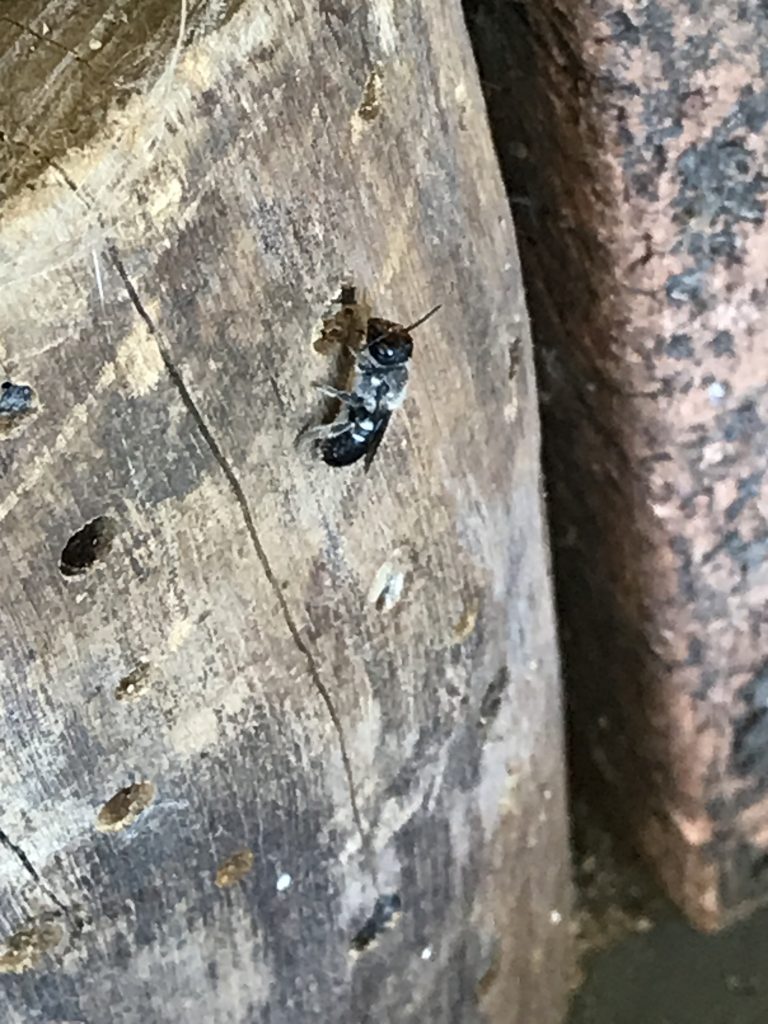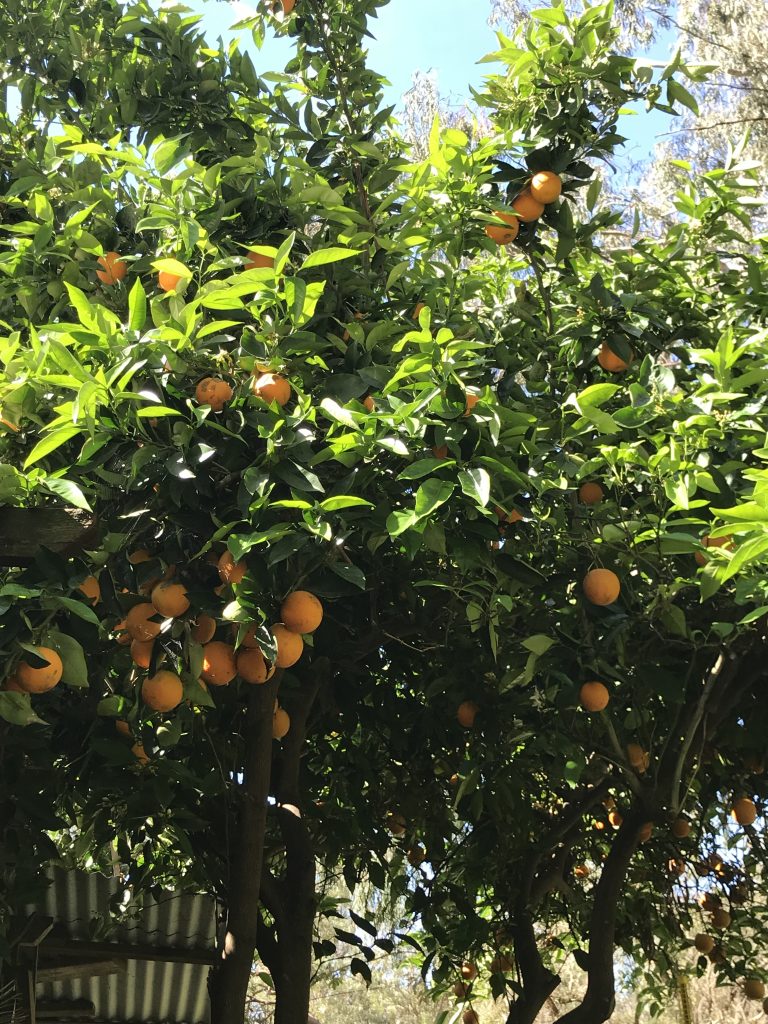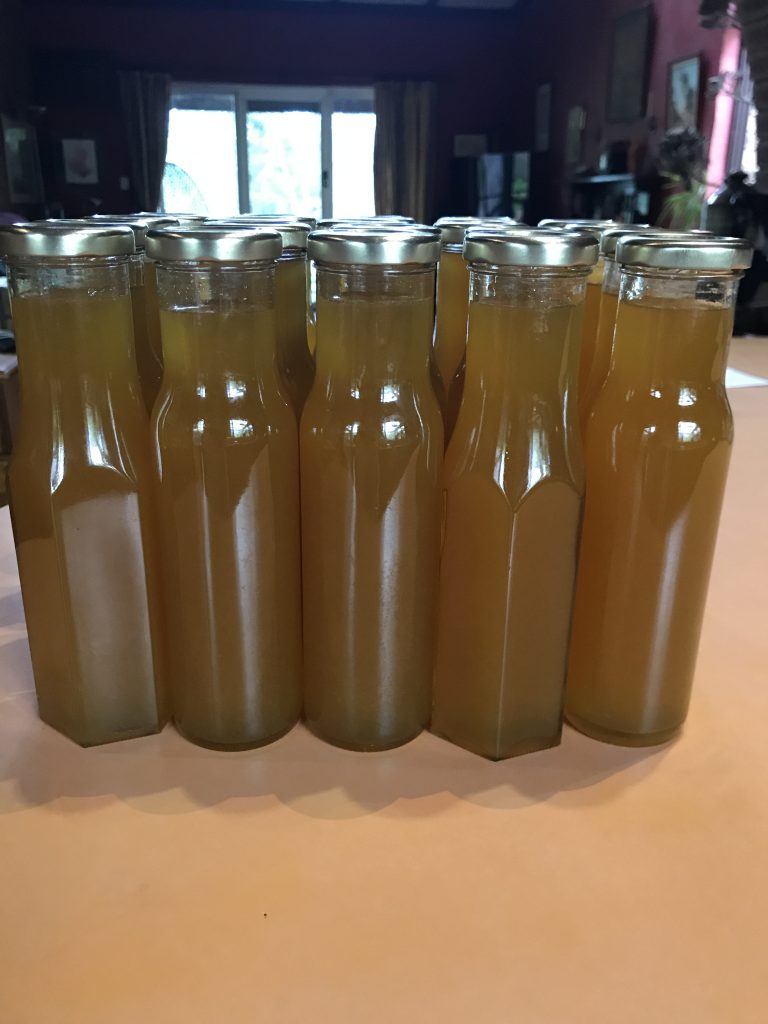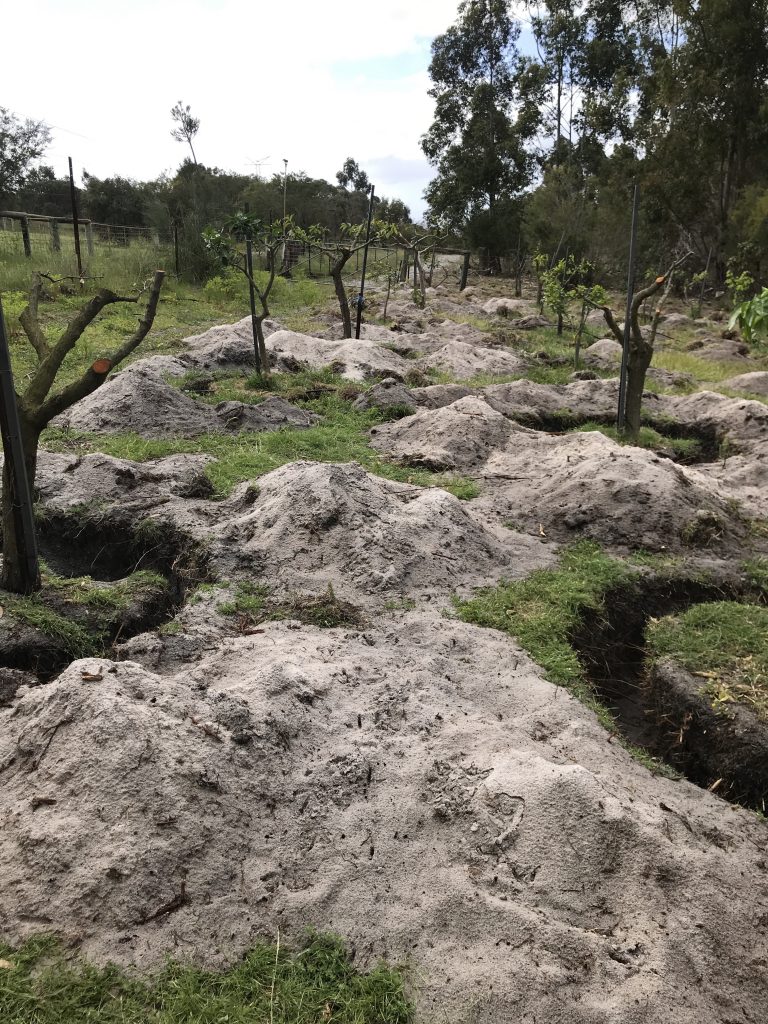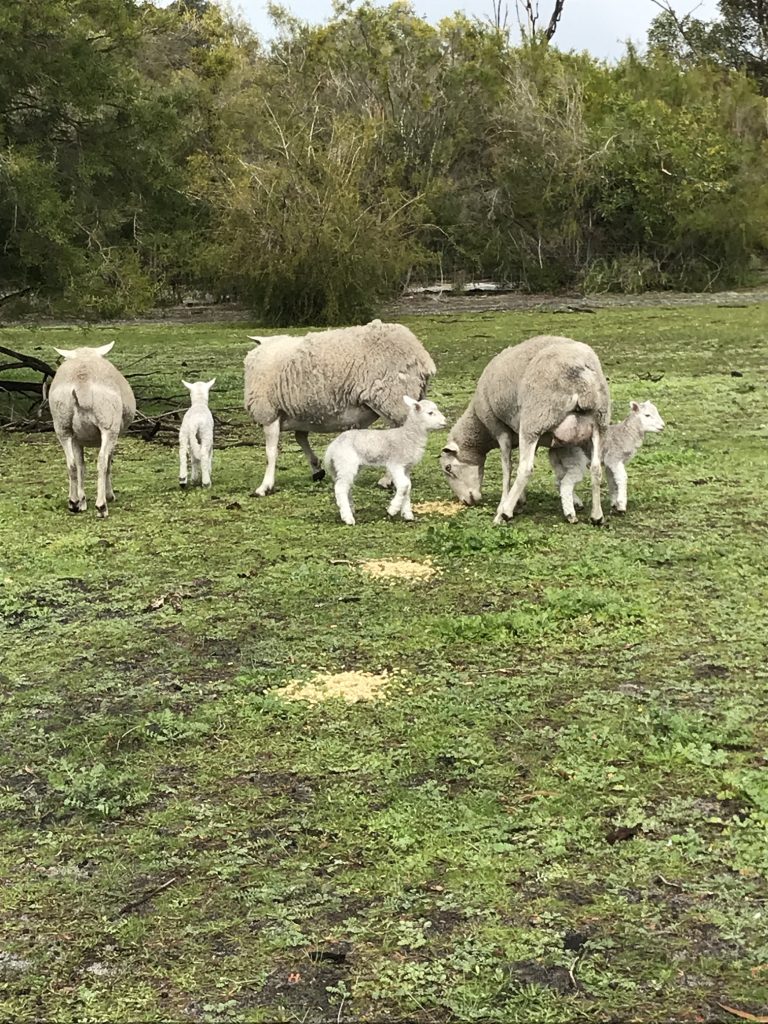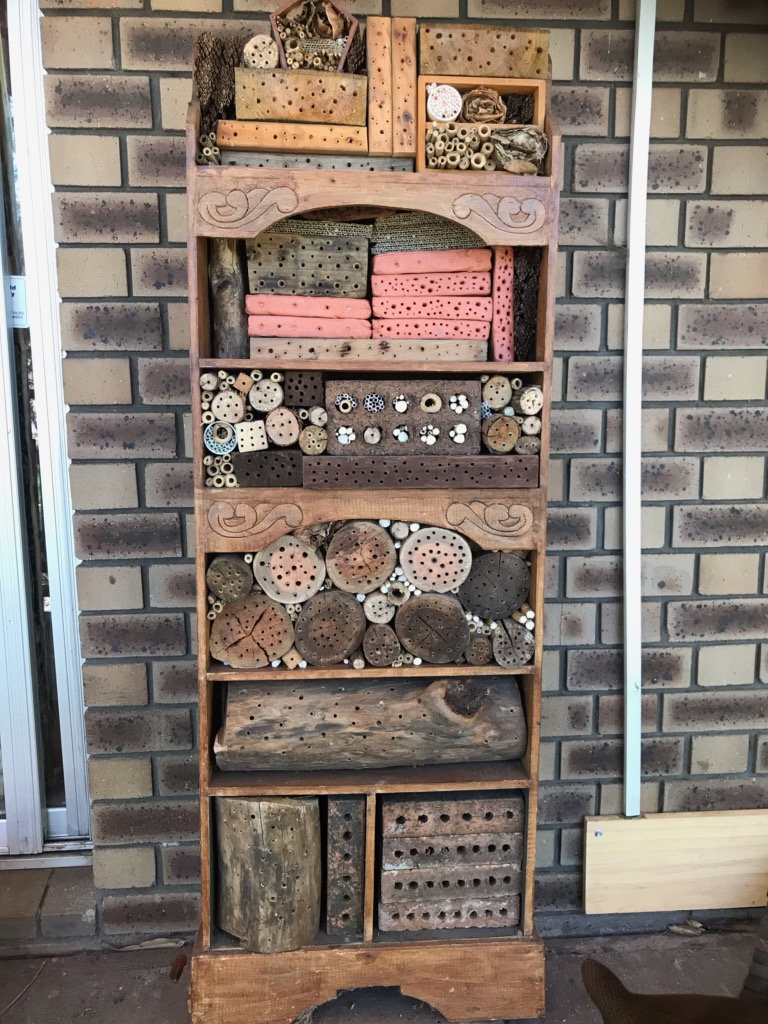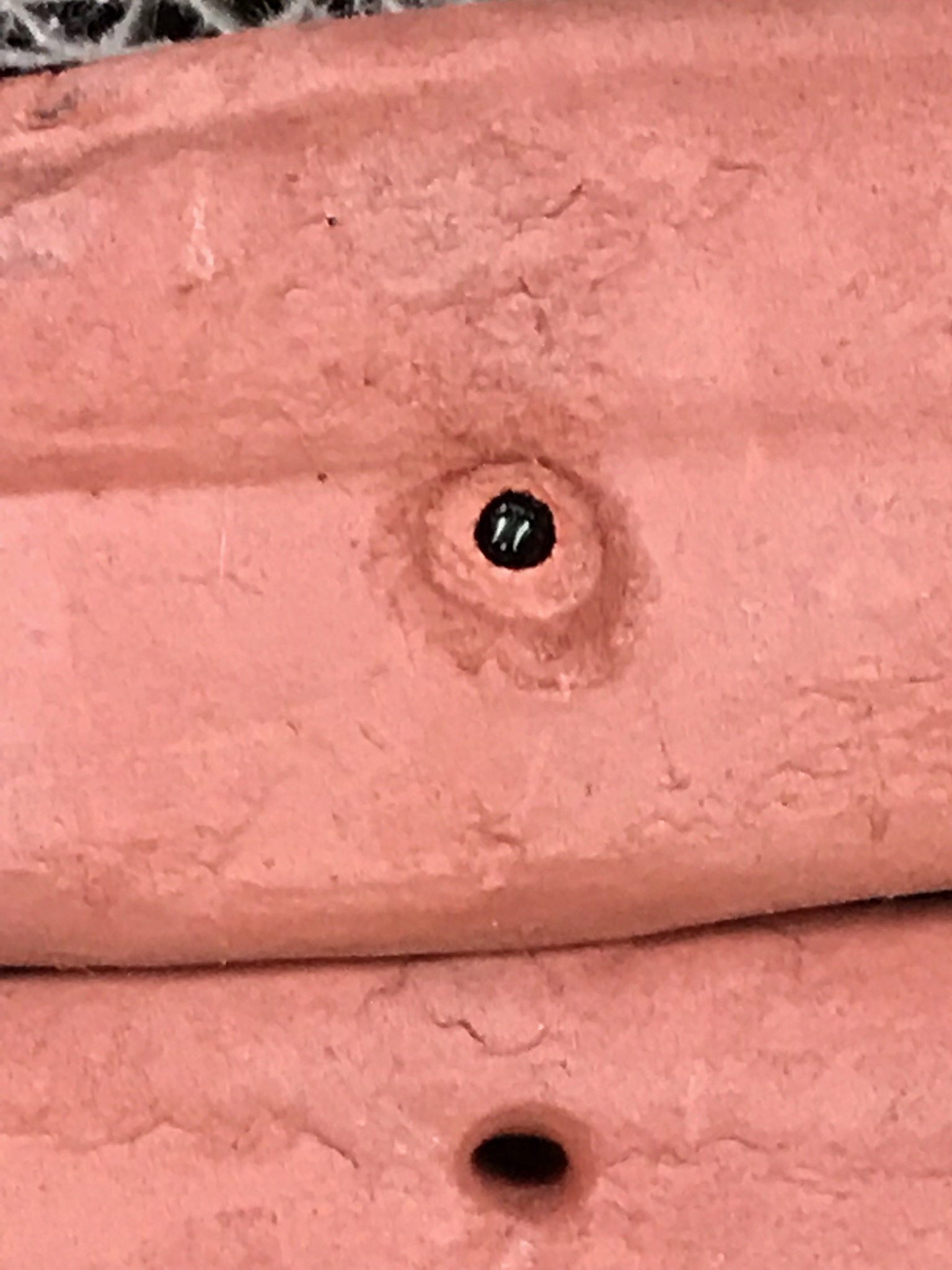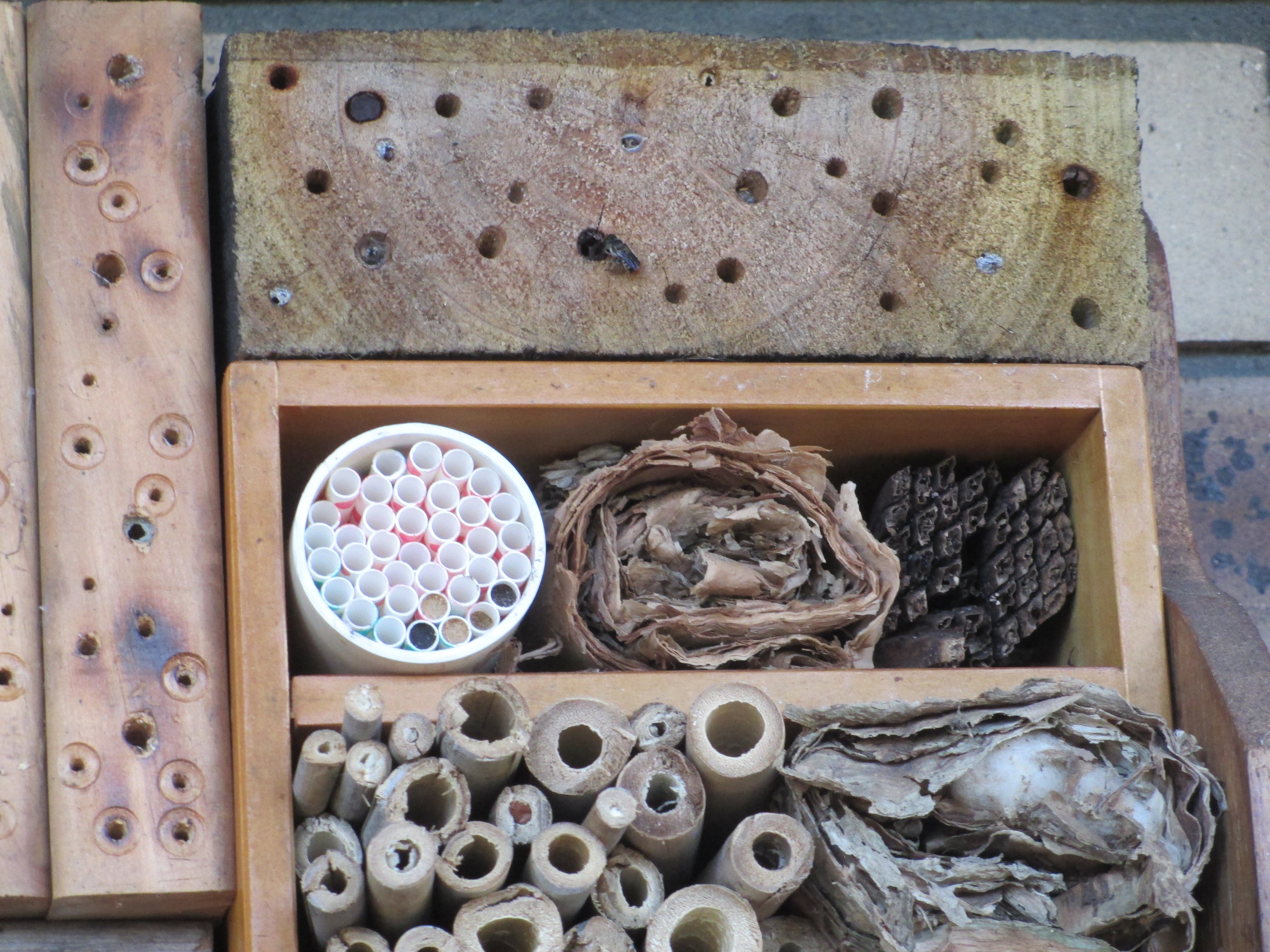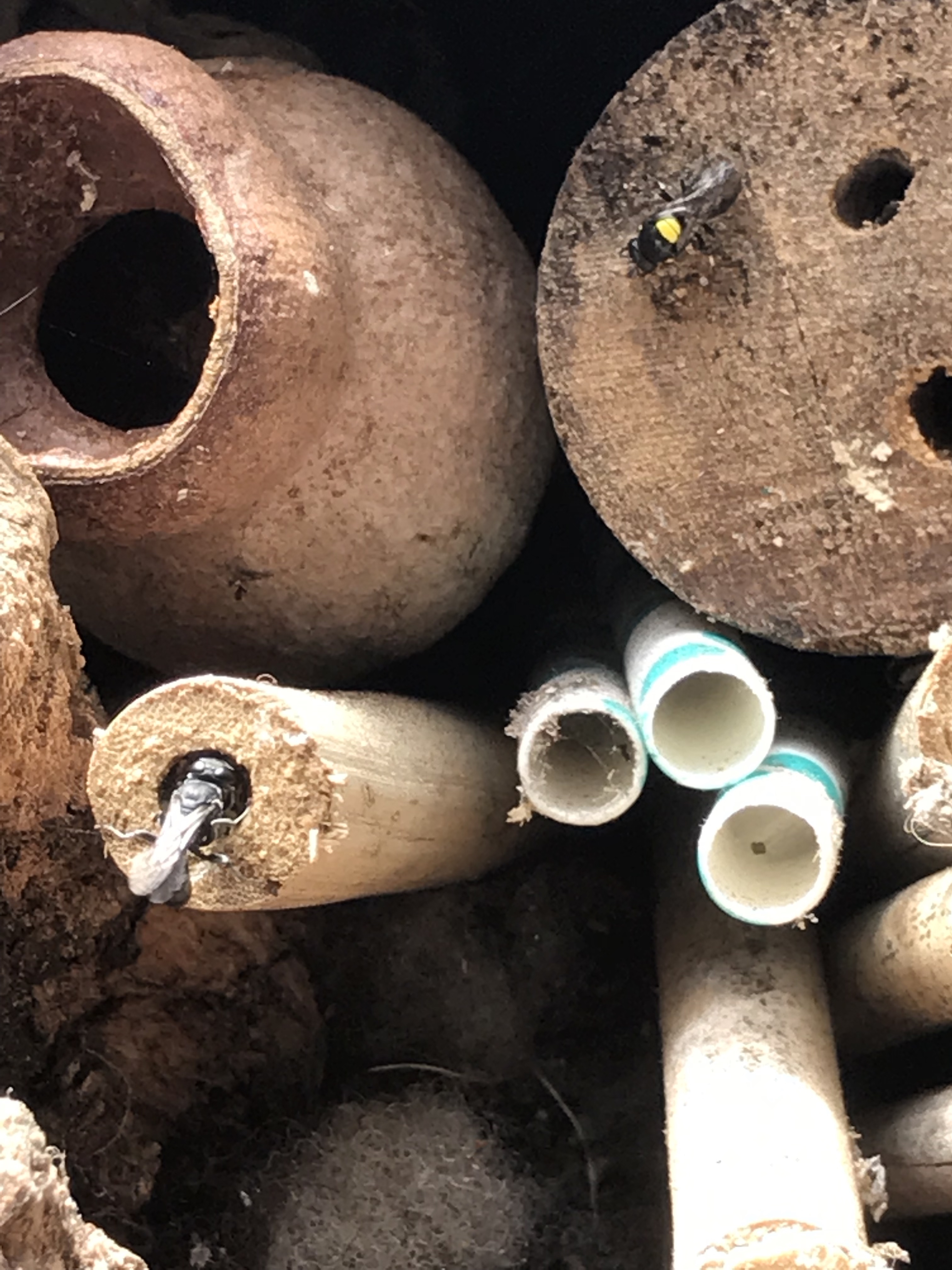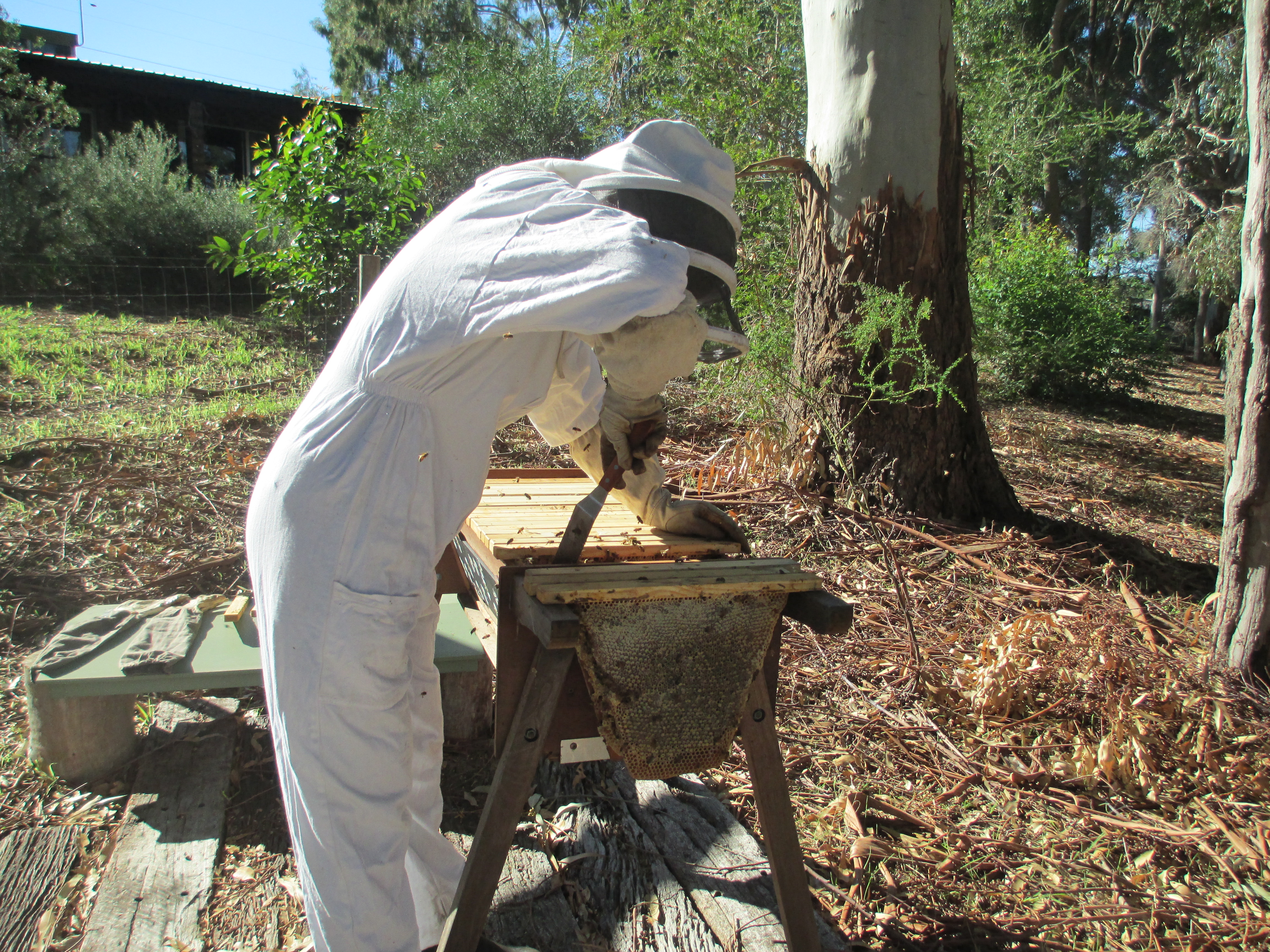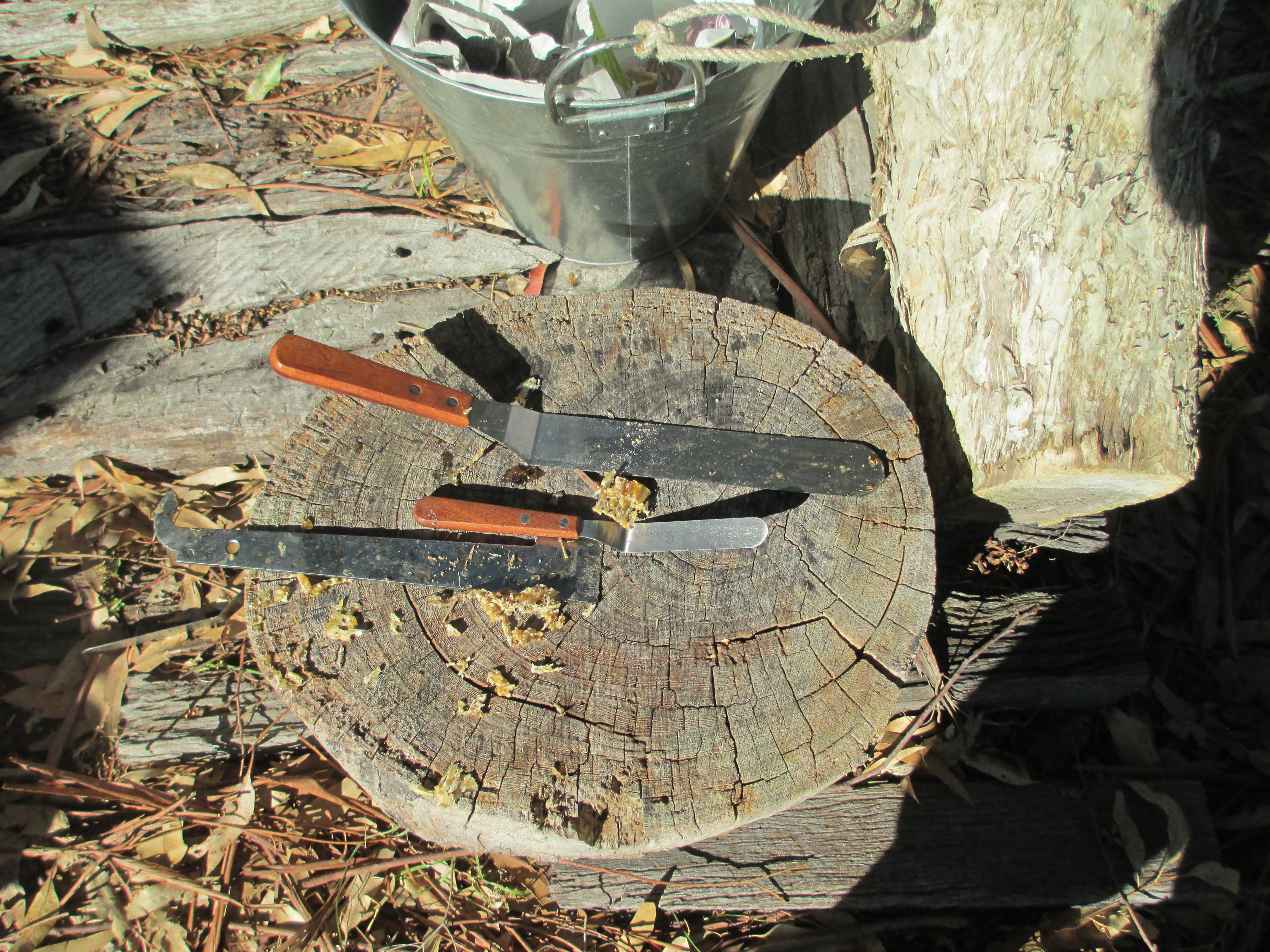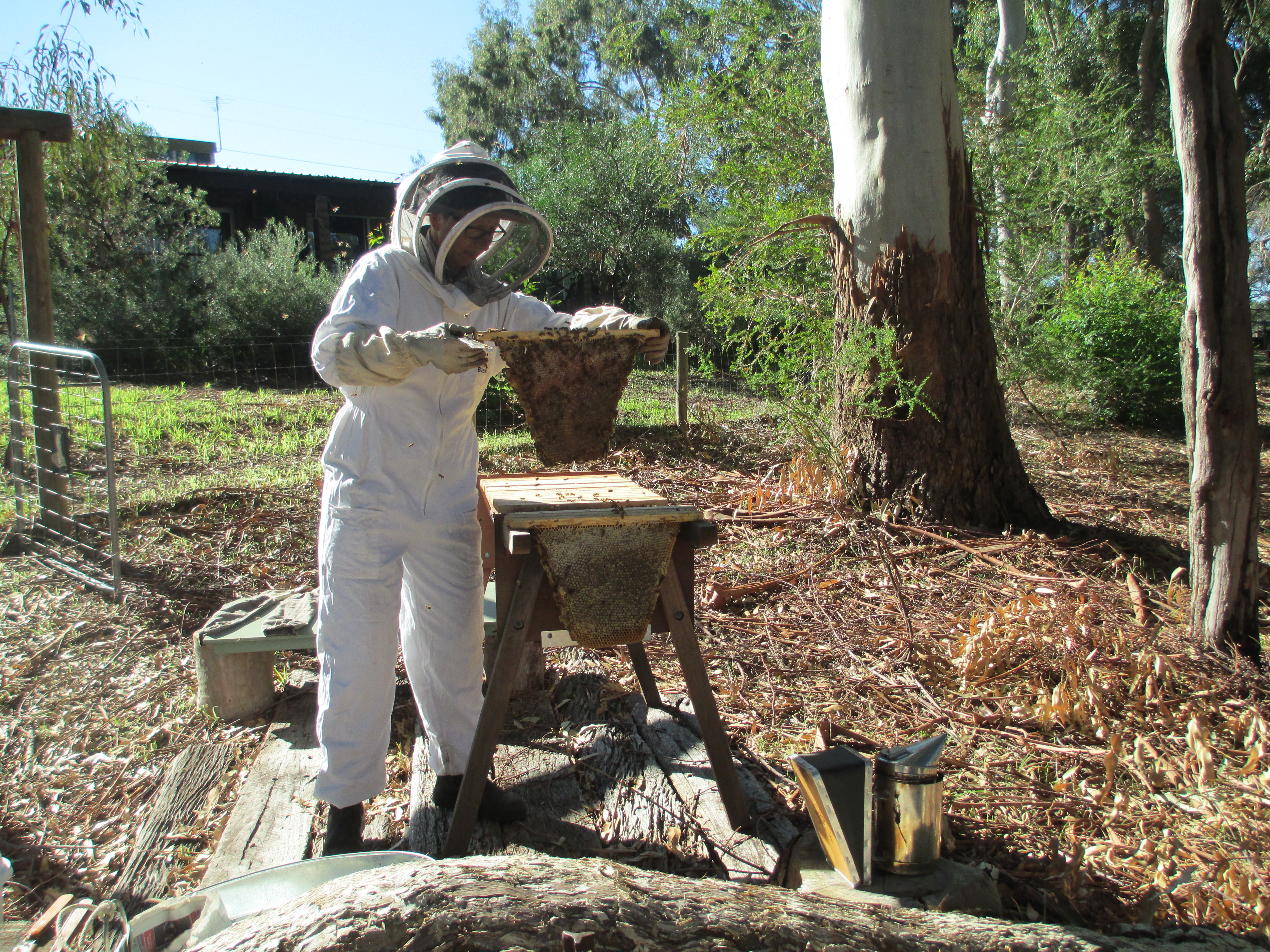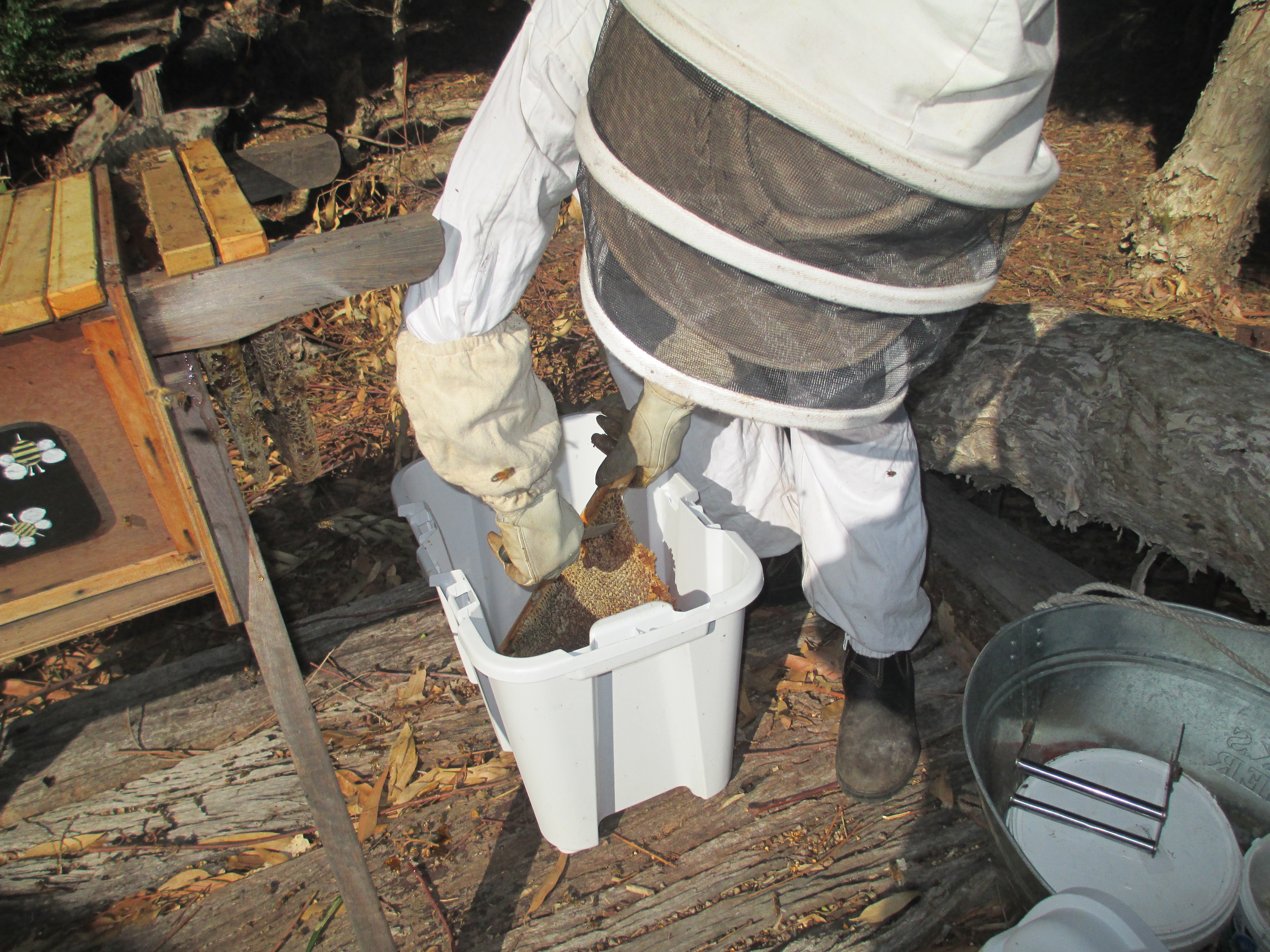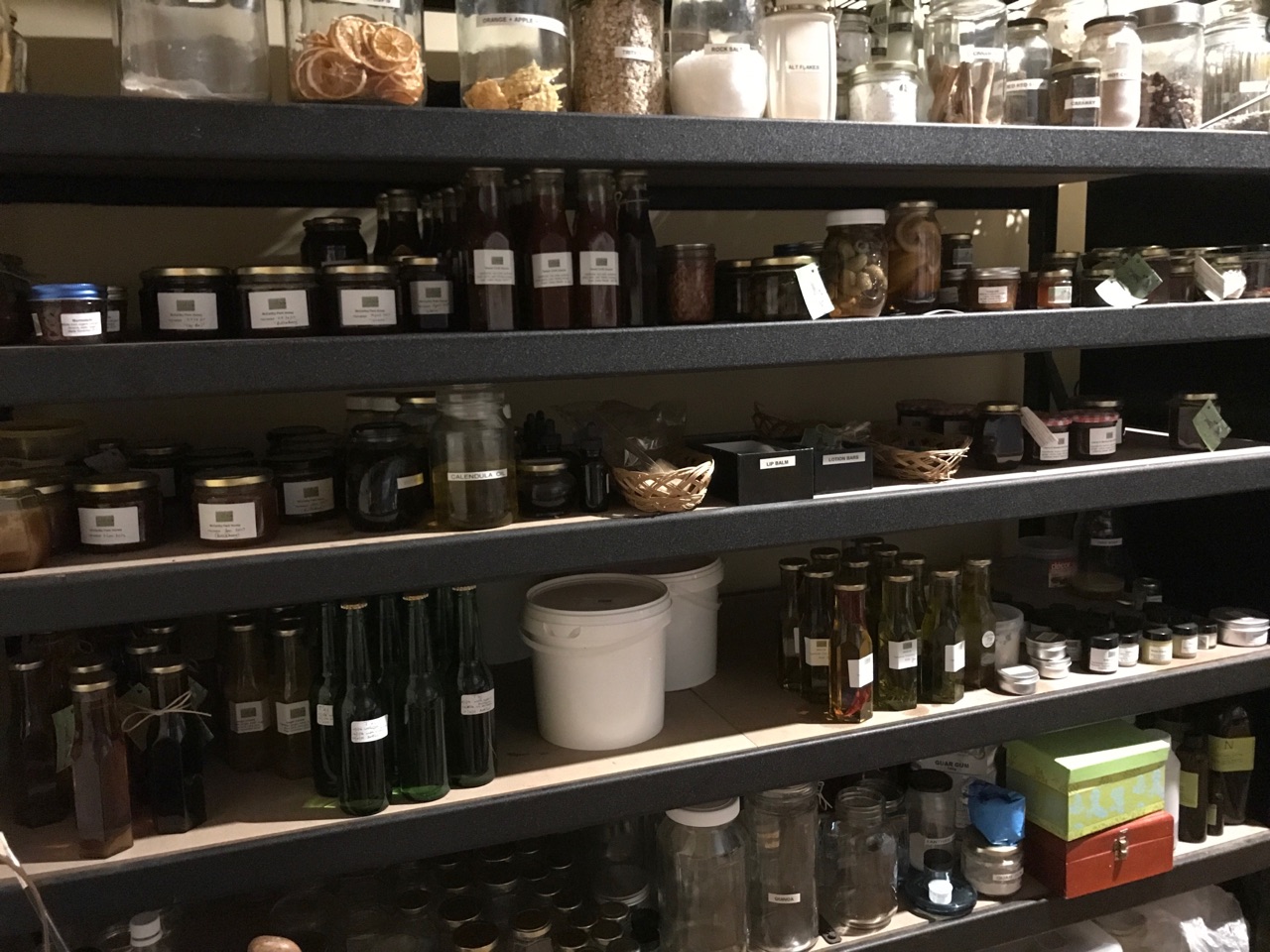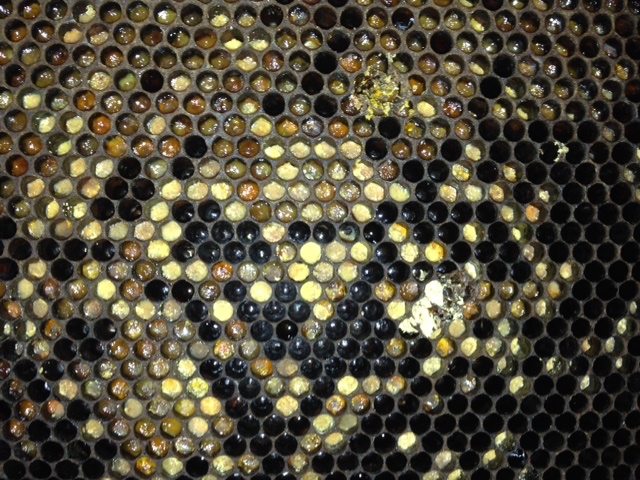Gosh it has been a busy time! After 30 years on 10 acres, there has been lots to do at both the old and new places. Here is a summary!
We are thrilled to once again have kangaroos around us! With a nature reserve nearby, there are plenty around and they are very adept at jumping the fences to get some nice green grass. We often see them on the road or in neighbouring paddocks too.
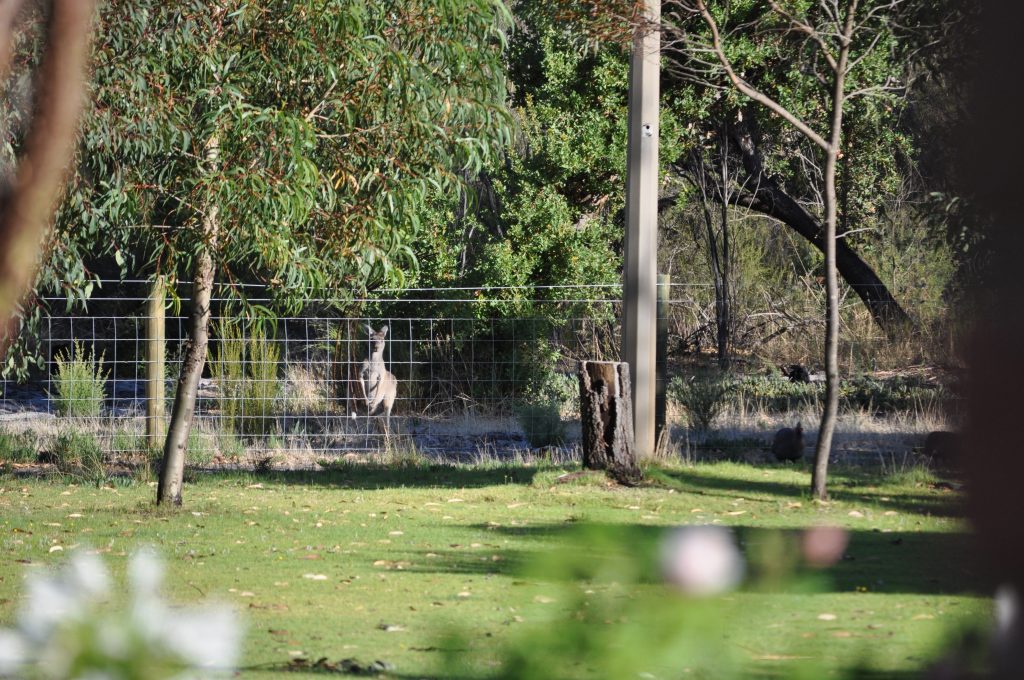
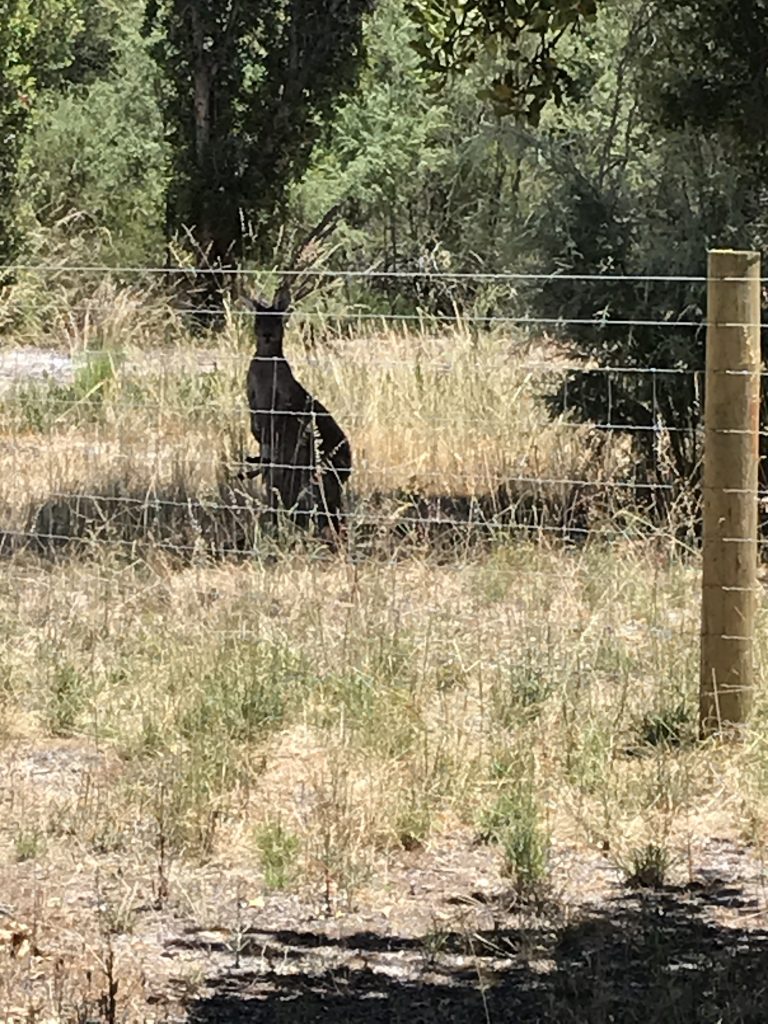
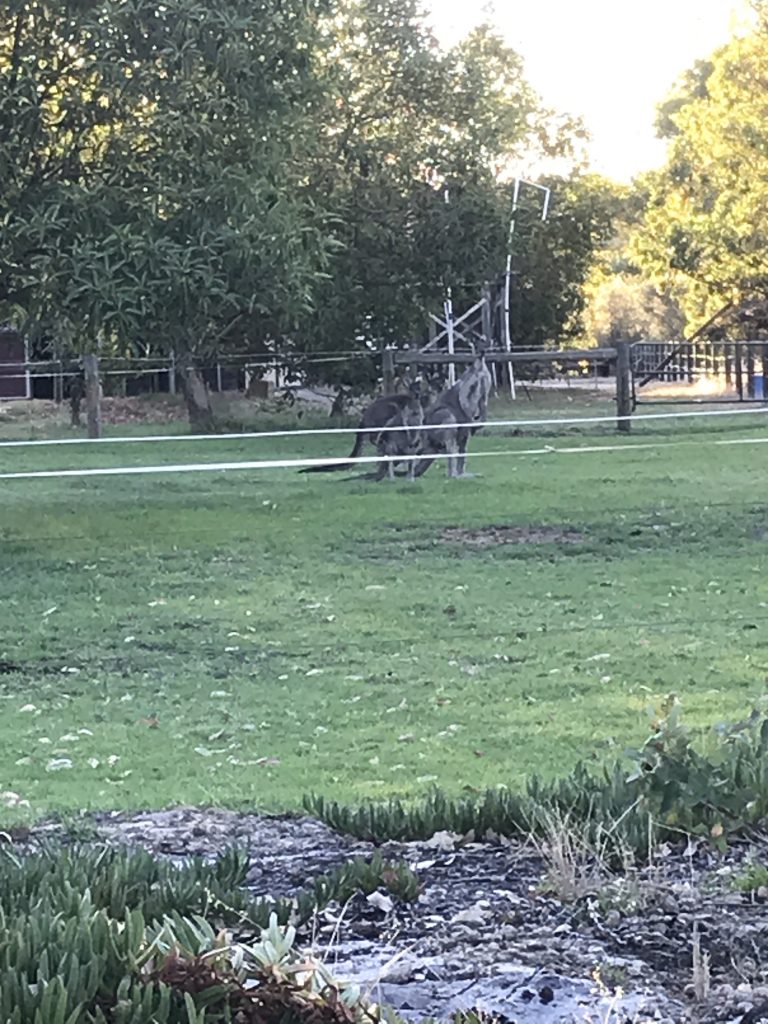
Then there are the birds!! We see and hear so many native birds that we used to see occasionally in MP1, but now see in abundance, in particular Splendid Wrens and Scarlett Robins.
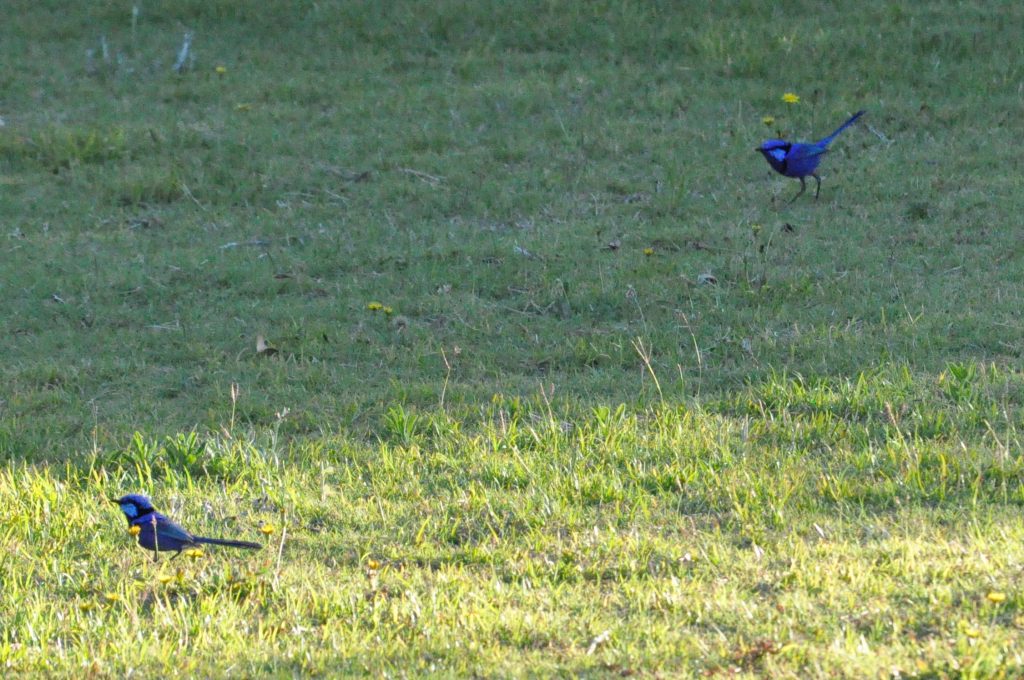
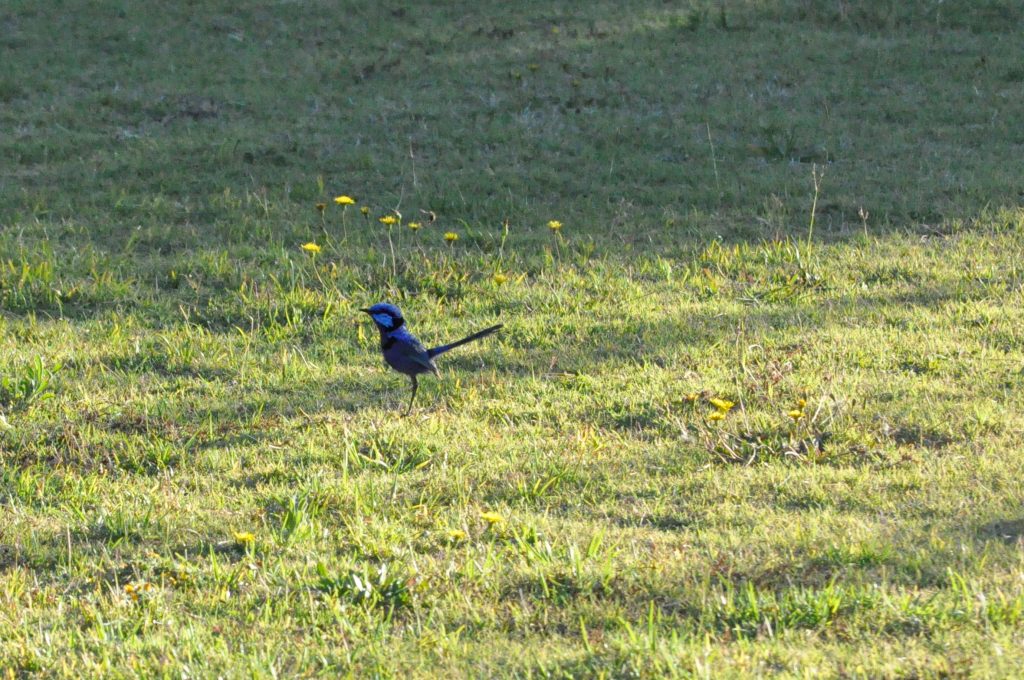
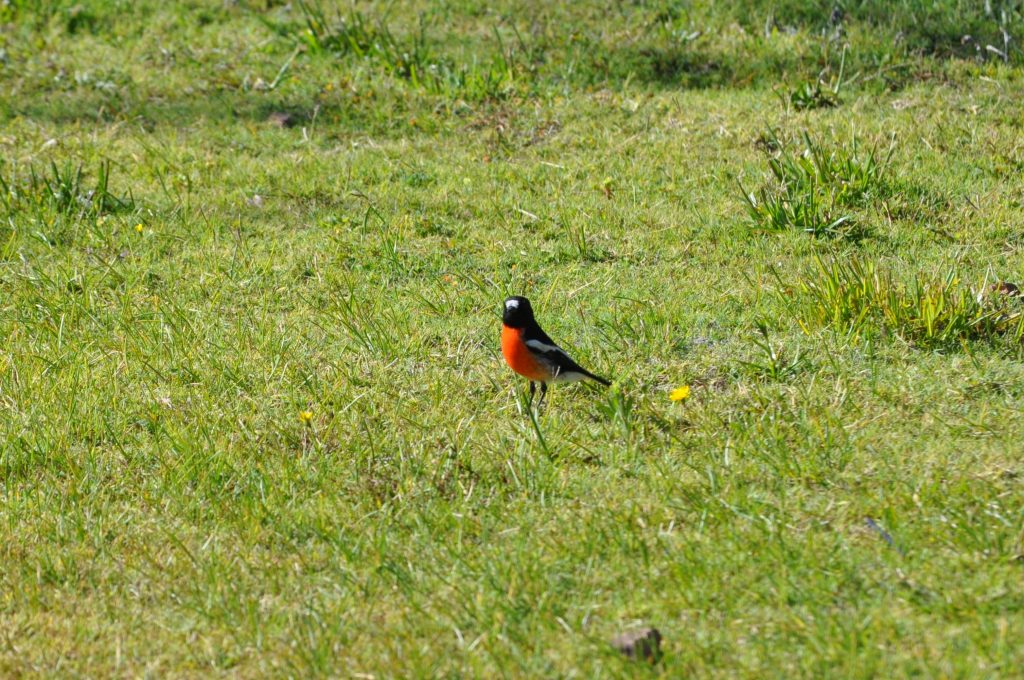
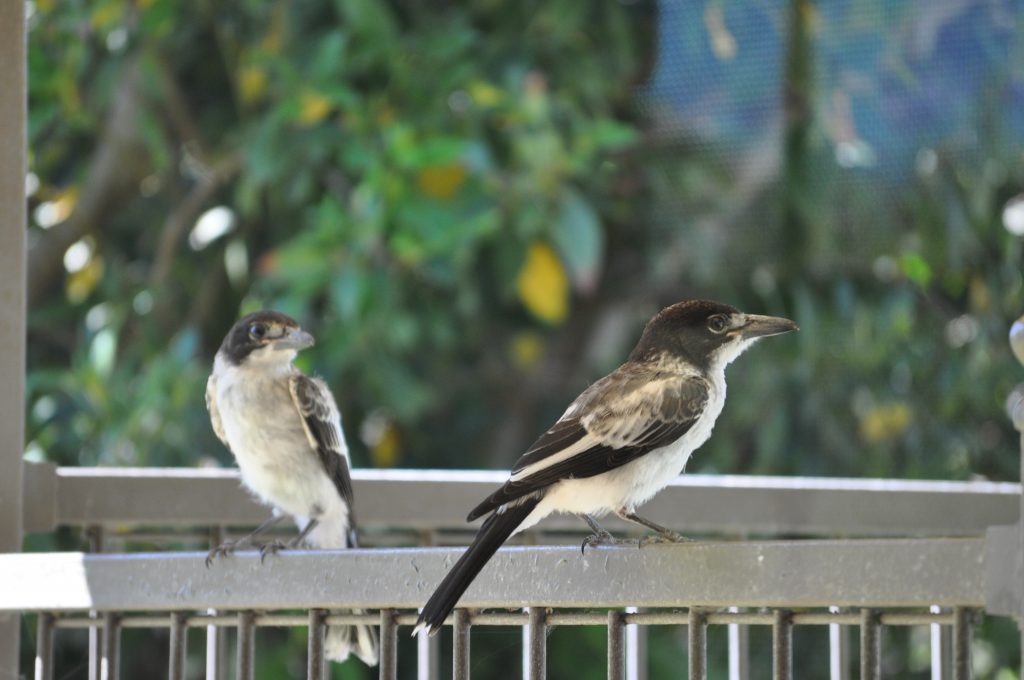
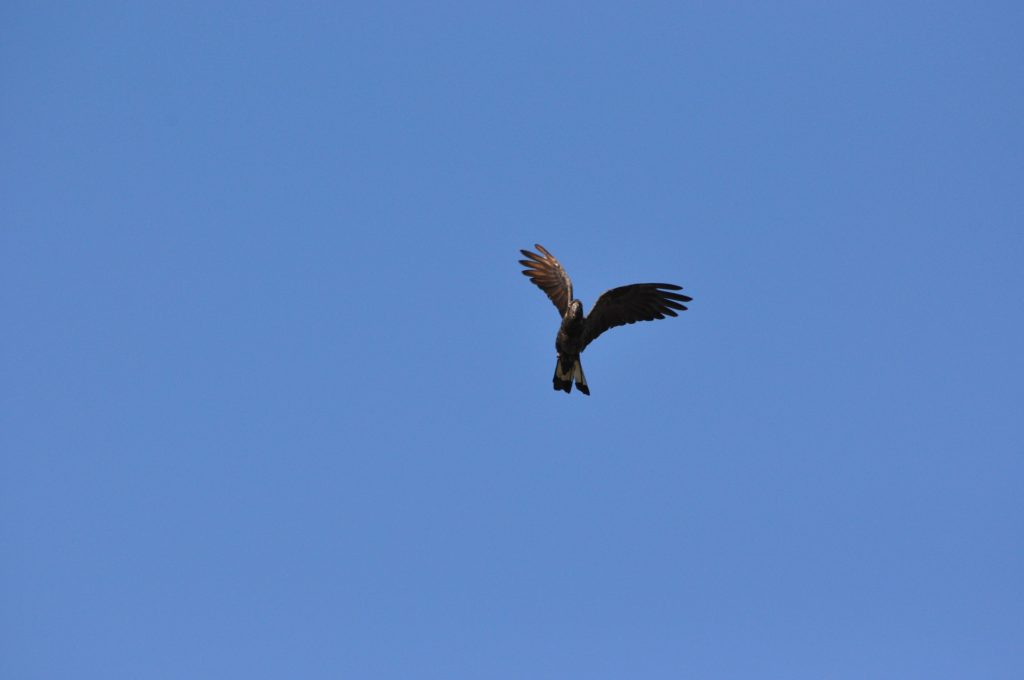
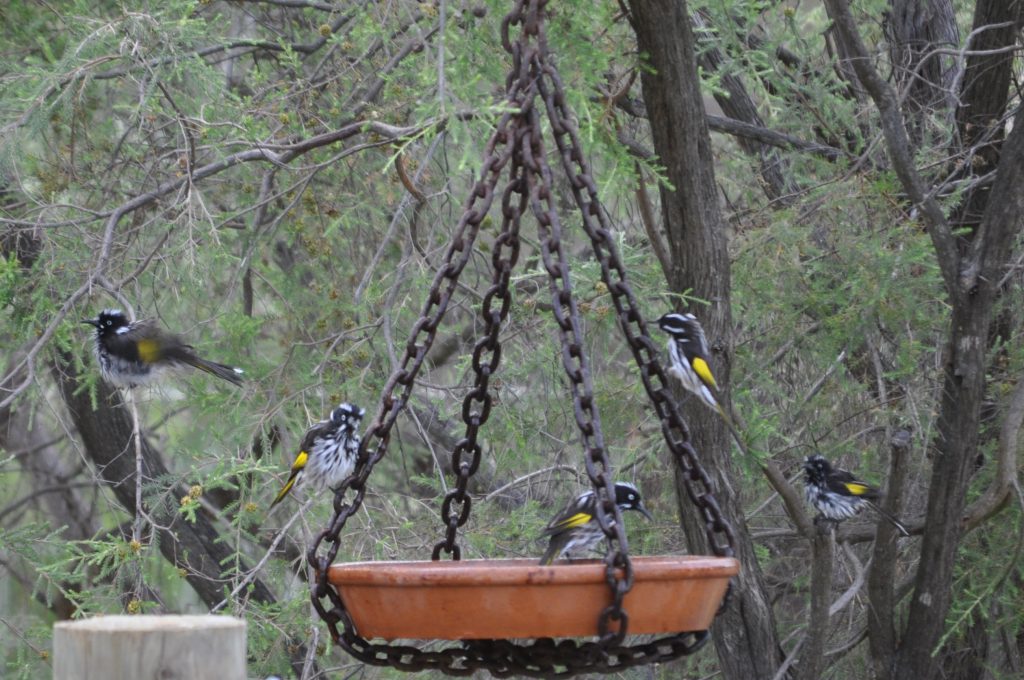
The insects also have been in abundance! Blue banded bees just love the white agapanthus in particular!
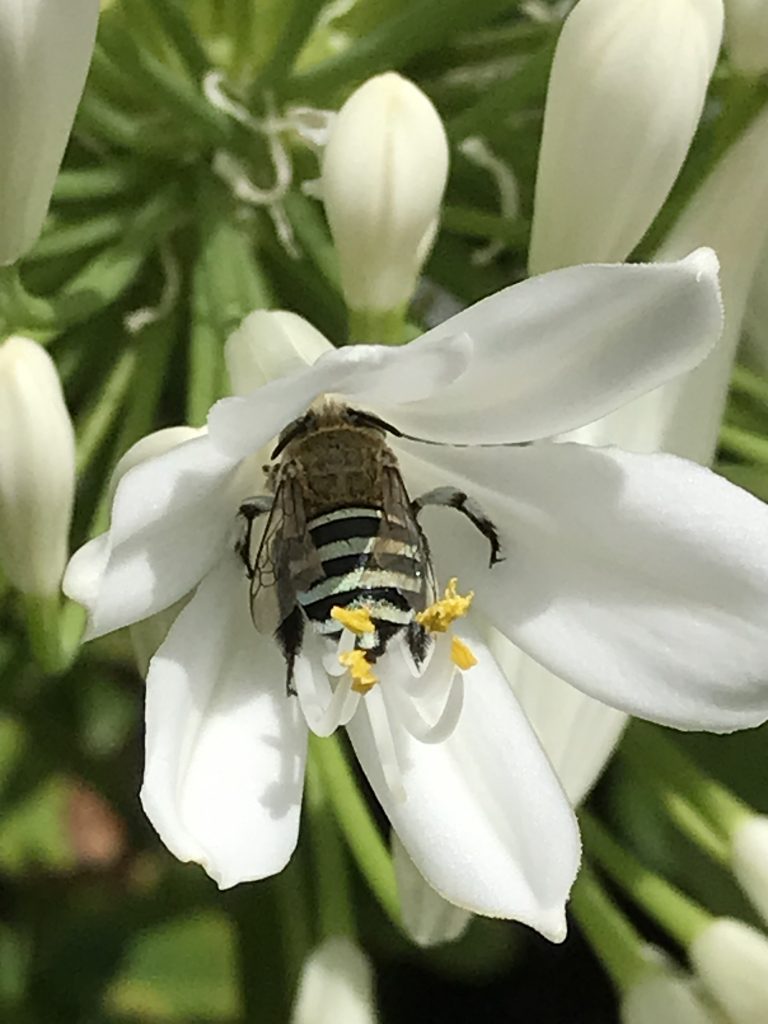
These have all been very welcome distractions when there has been so much do do, including a considerable amount of lawn mowing, until winter comes and we replace some with native plants.
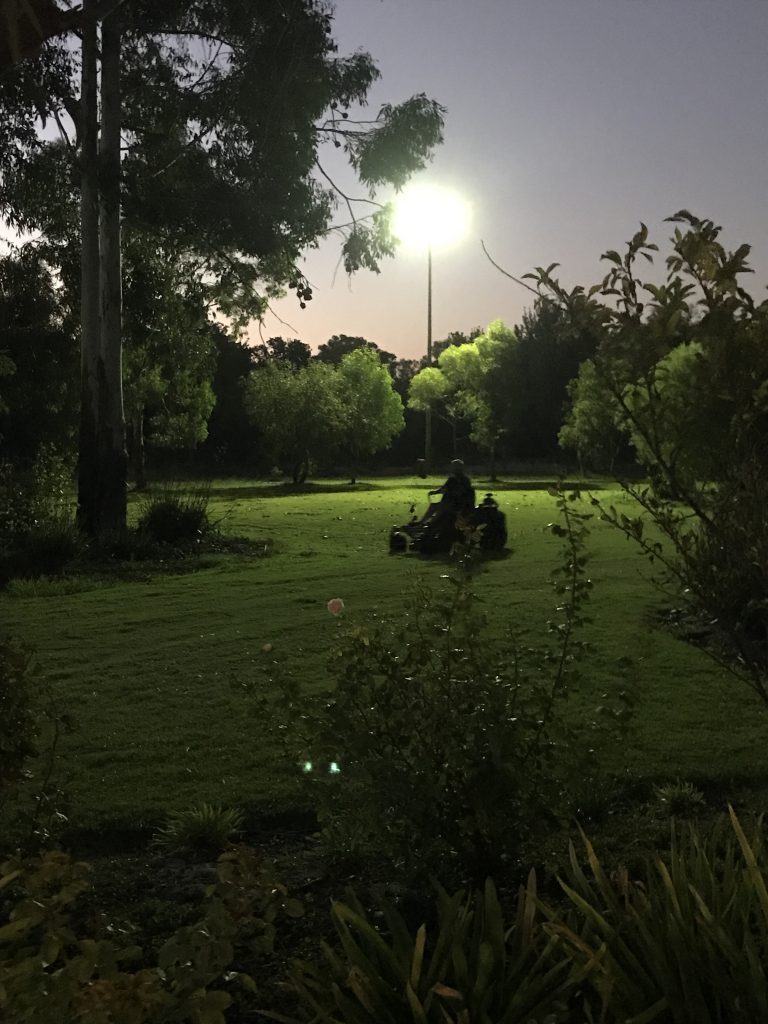
Our downsizing to 5 acres meant a reassessment of what we want to do, so (for now) we sold our sheep, geese and ducks, and gave away the top bar and Warre hives. We relocated our two horizontal hives one night when it was cool enough to lock them in for a few hours, and they are going well.
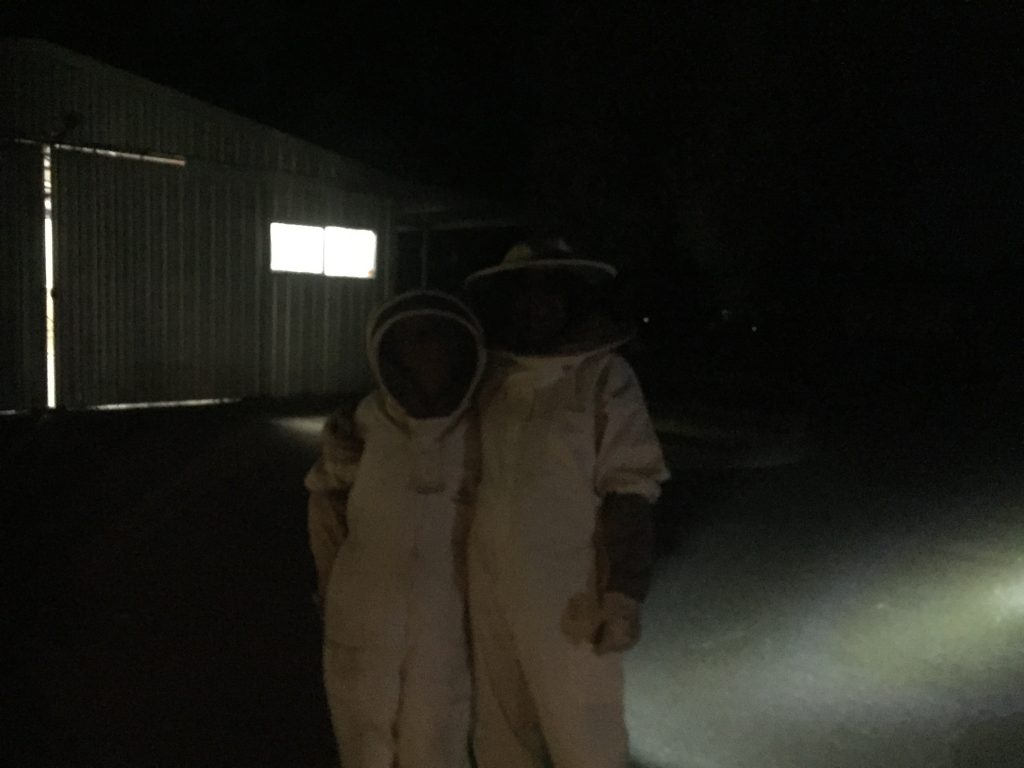
The chickens are safely installed in their new pen….
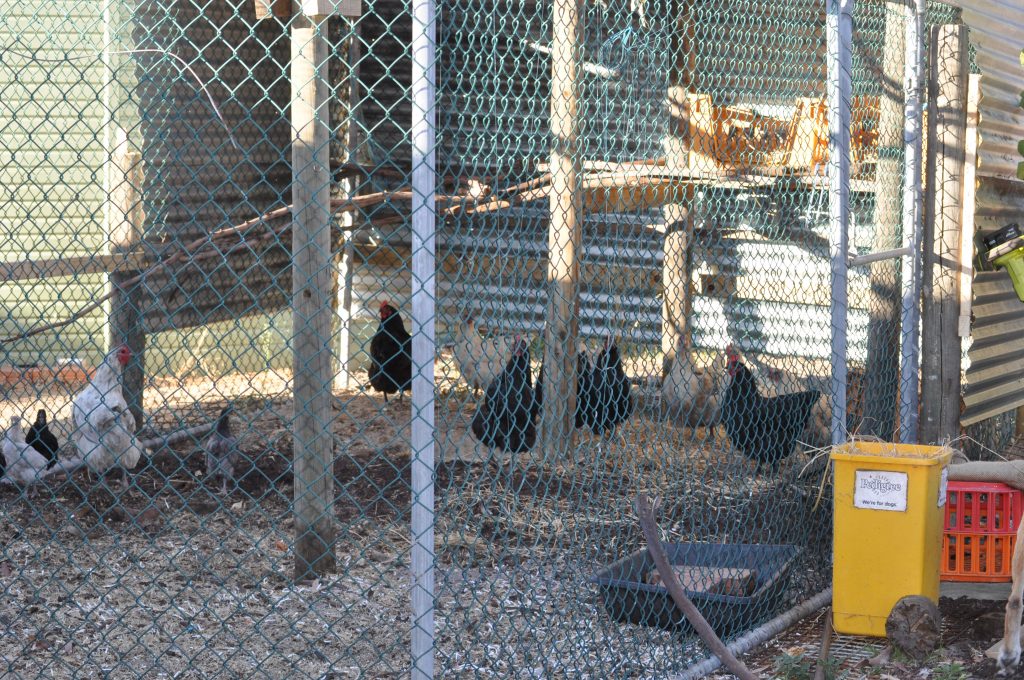
And… we have had our first nearby bushfire. While bushfires are always a concern, this was far enough for us to practice and refine our bush fire plan for the new property without being too stressed.
